Are you looking at creating that perfect movie theatre experience with a home cinema projector? In this article, we’ll guide you through that common question, “What projector should I buy?”. We’ll explain all the important scenarios you may face, too.
For those looking for further information on laser and lamp, take a look at our lamp vs. laser guide afterwards!
Our projector recommendations
| Epson EH-TW7000 | Epson EH-LS12000 | JVC D-ILA NZ7 | |
|---|---|---|---|
| Resolution | 4K-eshift | 4K-eshift | 8K-eshift |
| Lamp | UHP Lamp | Laser | Laser |
| Lens Shift | Yes | Yes | Yes |
| Screen Size | 40” to 500” | 50” to 300” | 60” to 200” |
| 3D | Yes | No | Yes |
| Gaming | Yes | No | Yes |
| Zoom | Manual | Electronic | Electronic |
| Thoughts | As an entry-level projector, there is nothing to complain about! | Large projector with class-leading performance. Brilliant colours and black detail. Easy to set up and even easier to live with! | Almost the range-topper, if you have the pennies, this really has to be the ultimate projector as nothing else, other than the NZ9, beats it. |
| Find out more | Find out more | Find out more |
Different types of projectors
This is actually quite a complex and ambiguous section, but we’ll answer this in two parts: technology and usage types.
Technology
- Resolution: This is the pixel count or image definition. It’s just like your TV with Full HD, 4K, UHD or even 8K, and works a little like a camera, but in reverse. Full HD gives us a still image size of about 2Mb when relating it to a camera resolution
- Chipset: Unlike your LED TVs, all projectors use tiny chipsets. The different technologies are DMD, 3LCD, and LCoS; they use an optical engine to enlarge the image size
- Lamp types: LED, UHP lamps, and laser are all types of lighting systems that projectors use. As you’ve guessed, LED and laser are not lamps, but many people still use the terminology “lamps” as, historically, projectors have always used ultra-high-performance lamps
Usage
- UST projectors make for great home cinema projectors. They usually include a built-in soundbar and are ideal for living room environments. The projectors sit very close to the screen and use a fixed lens for simple usage. Using ALR screens ensures light bleed onto the ceiling is kept to a minimum
- Short throw projectors are the opposite of UST Projectors and usually emit no sound, making them another good option for home cinemas. They use an SLR camera-type telephoto zoom lens which means the projector is best placed at the back of the room. To improve the image quality, we recommend you use matte or grey screens
- Long throw projectors are usually designed for commercial venues and theatres. They project an image across vast distances, and the image size wouldn’t fit in an ordinary home
- Data and portable projectors are the “rugged” projectors of the world. They’re designed to work almost anywhere, such as the office, outdoors, or casually projecting your latest holiday snaps onto a white wall. They have different resolutions compared to home cinema projectors as they need to match laptops. These are dimmer, too, as they have fewer lumens than other projectors
- Smart projectors are similar to your TV in that they have smart features for connectivity. This could be via Bluetooth, Ethernet, or WiFi. You may find that you can stream films and TV shows via WiFi or simply show images from your phone via Bluetooth, so check the projector’s specifications match your requirements.
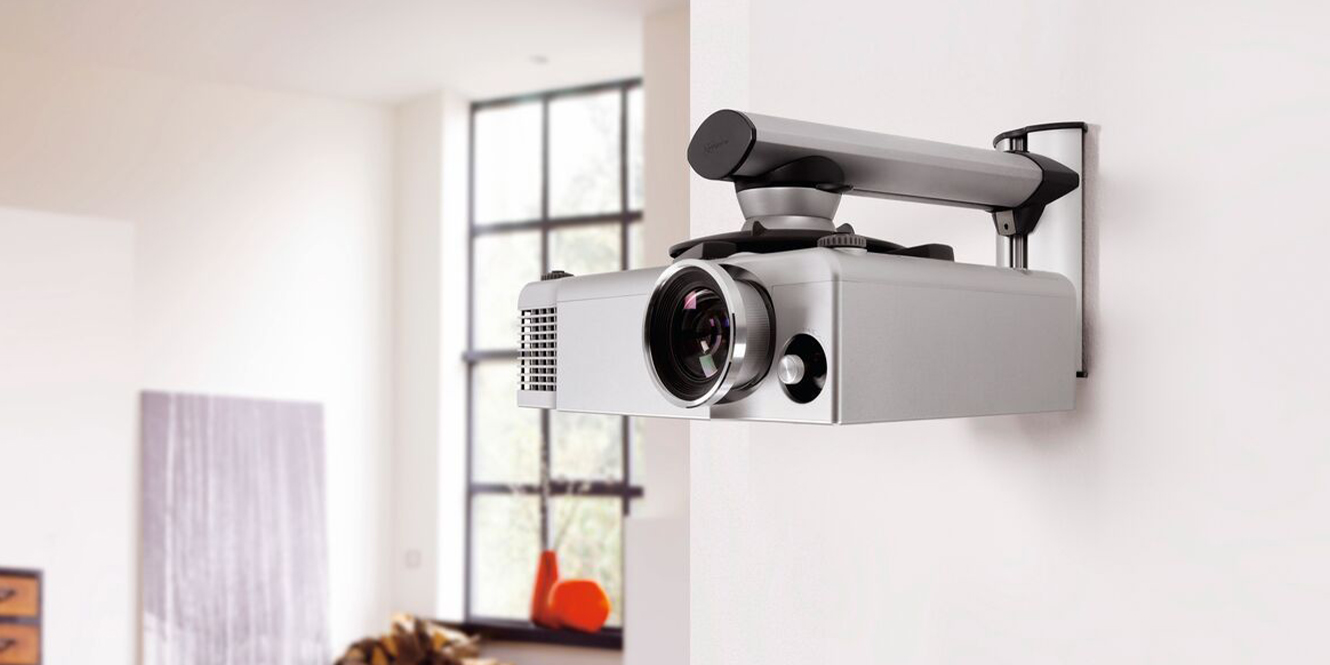
What projector should I buy?
For casual uses
If you’re looking for a casual projector to use at home, a portable projector should suffice. They’re compact, include built-in speakers and feature smart technology to create a universal solution for almost every occasion.
For professional settings
Data projectors are the perfect workhorse. Most are tabletop-mountable and thanks to their high lumens (brightness) and they’re usually great in working bright rooms. For displaying text, they’re usually very clear thanks to their pixel count matching laptops and other computers.
For living rooms
UST or short throw projectors are perfect for living rooms. UST Projectors simply sit at the front of the room, include smart features, play sound and beam images onto the wall or screen. Short throw projectors, however, are the most common type for the living room.
Options like the Optoma UHD55 create the perfect solution for movie and game nights, and when partnered with a surround sound setup, you can embrace that cinema feeling from your living room.
For a dedicated room
This is where home cinema becomes a little more serious. You’ll probably own a separate large Atmos surround system with a dedicated fixed projection screen, and you’ll need a projector to match.
These kinds of rooms still use short throw projectors, such as the Epson EH-LS12000, Sony VPL-X5000, and the JVC DLA-NP5. Their superior lenses and features excel in light-controlled environments, and they’re even sometimes used in public cinemas.
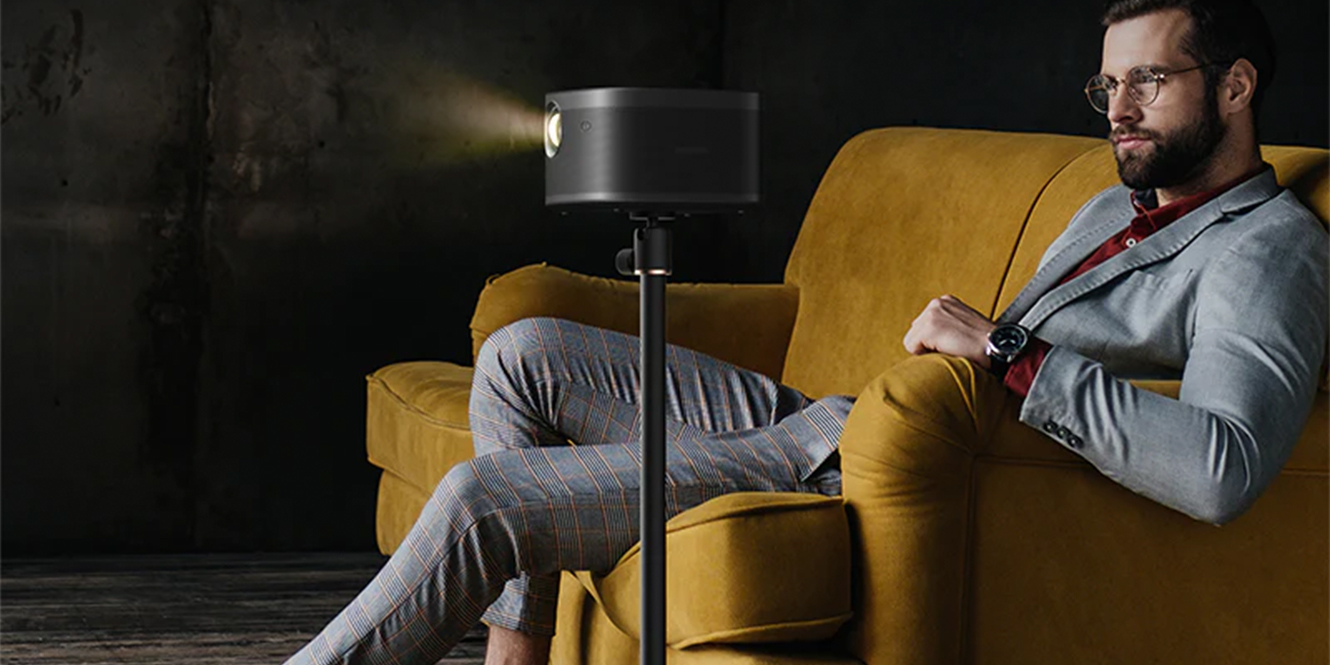
Things to consider in a projector
The type of projector you need
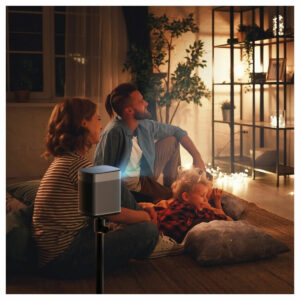 As we’ve discussed, the first thing you should think about is the type of projector you need, i.e., whether it’s UST, short throw, long throw, portable, or smart. For details on how to set up your projector, read our handy guide here.
As we’ve discussed, the first thing you should think about is the type of projector you need, i.e., whether it’s UST, short throw, long throw, portable, or smart. For details on how to set up your projector, read our handy guide here.
Lens offset and lens shift
The type of lens is also something to think about when buying a projector. Some have lens shift, whilst others have a fixed offset.
Offset is the angle at which the projector beams its image to the screen. A typical projector offset is -5%.
The lens shift, on the other hand, depends upon the brand’s centre point, but a 50% shift would allow you to move projection anywhere within a 60cm height range. If you have both vertical and horizontal lens shift, the range will work in an oval shape making it far more flexible than a fixed offset.
Good to know: projectors can invert and flip their image, some can even do both. This means you can place the projector in front or behind the projector screen (screen dependent).
Screen types
If you thought, there were a few different projectors to choose from, you may be overwhelmed by the number of different screen types!
For a typical home cinema projector, this can be narrowed down a little.
- ALC: Designed for UST Projectors, the Ambient Light Control Screen (ALC) ensures the light is reflected back towards the viewer
- Grey/high contrast: Coloured screens designed to work in poorer environments
- Matte white: The most common. These create balanced reflective properties. All projector types will work with them
- Woven/perforated fabric types: Also called transparent. These screen types allow you to place objects like speakers behind the screen
- Fixed-frame: If you’ve been to the cinema, you’ll have seen them there
- Curved fixed framed: Curved screens are usually the best you can get. The curve and fabric quality work better with the projector’s lens and our eyes
- Electric: Standard electrical screens use a large top black border, side borders, and a weight bar. Their fabric is rollable, so they vanish when not in use
- Tab-tension screens: These screens are usually wider in design as they use a torsion wire at either side of the screen to pull the screen tight and stop the fabric from curling
- Manual screens: These are very similar to electrical screens, but require you to interact with them just like a roller blind. Some have soft motion systems which are a lot better than non-soft action.
Resolution
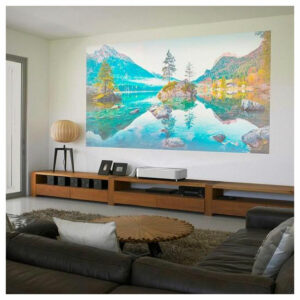 Resolution is defined by how sharp something looks from a set distance when viewing it on a display device. DPI (Dot Per Inch) defines how sharp any given image should look; the higher the number, the sharper the detail within that area.
Resolution is defined by how sharp something looks from a set distance when viewing it on a display device. DPI (Dot Per Inch) defines how sharp any given image should look; the higher the number, the sharper the detail within that area.
The further away you sit, the less sharp the image will be. However, with projections and their screens being so large, this isn’t too much of an issue. Factors like brightness and colour also contribute to how detailed an image looks.
Lumens
How do I know if my projector is going to be bright enough for its environment and will this have an effect on what projector I buy? The golden rule for a typical environment is to go for a projector that has between 2,000 and 3,000 lumens.
This should ensure your projector can deliver a great contrast ratio, respectable black detail and an accurate white balance. The ideal screen size based on this model is between 92” and 120”.
Thankfully, projectors have brightness settings. Some projectors also control the light intensity by using an iris or aperture which gives even more scope to achieve the perfect brightness in the room
Aspect ratio
XGA and WAGA are terms based on data projector resolutions. Their aspect ratio is 16:10, which is ideal if you’re using a laptop as the text will be crystal clear thanks to pixel mapping 1 to 1
For movies and sports, 720p Full HD, 4K, and 8K fall under the 16:9 aspect ratio and are classed as widescreen. They also fall under the 1.78:1 umbrella. This is an industry standard for home-use displays.
On a 4K TV or projector, the number 2160p denotes a single line of pixels vertically. Times that by 1.178 (1.7778), and it’ll give us a single, horizontal line of pixels across the screen which is 3,840p.
This calculation means if we know how many pixels we have in both directions, we can find out the aspect ratio of our screen
Broadcasters use 16:9, while at the cinemas, you’ll find 1:85:1 and 2.39:1 commonplace. We call this ultra-widescreen.
Colour processing
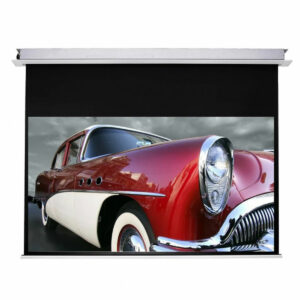 The film industry has specific colour standards for creating films, and projectors with calibratable platforms can achieve this standard.
The film industry has specific colour standards for creating films, and projectors with calibratable platforms can achieve this standard.
REC709 (P3-D65) and REC2020 are standards and any device which can achieve the closet match to these numbers will produce the most accurate colours as set by the film industry.
There is so much more to colour processing than creating colours. All the colours generated on a projector are created from greyscale after the initial colour calibration. This requires the RGB to meet a criteria and once done, it’s all down to the black and white balance, those graduations, and the gamma setting to bring those colours to life.
Good to know: If you are considering calibration, ensure your room is optimised with light control. Otherwise, some of those colours might not have the same pop.
Connectivity
If you’re using a projector in your home cinema, you’ll need to use HDMI. In fact, for the latest resolutions, you’ll have to look at HDMI with the “High Speed” cable certification.
All copper-based HDMI cables are only certified up to 5m in length. So, you may need to look at an optical HDMI cable. Remember to ensure it’s long enough to connect to your projector and AV Receiver if you’re creating a dedicated setup.
If you’re burying it within the walls, always make sure you can retrieve it as cables can fail or be replaced by modern versions. You should also check the direction of the cable as some optical HDMI cables are directional.
Good to know: Don’t forget to test the cable before installing it.
With data projectors, you have VGA, DVI-A, and Display Port.
FAQs
How do I choose the right projector?
In a nutshell, there are four main areas to look at when choosing a projector: throw ratio, screen size, lumens, and connectivity. If all these factors fit your requirements, then you can buy knowing it’ll fit your room and be bright enough to deliver the impact you are looking for.
I’m a gamer, what’s the best projector to use at home?
If you are an avid gamer, brands like Optoma have dedicated gaming low-lag projectors like the Optoma UHD38X which has been designed for gaming. What’s more, it’ll still wow when you’re watching the latest blockbuster, too
How much should I pay for a projector?
Your projector budget depends upon your requirements and how large your screen is. For entry-level home cinema setups, you should spend no more than £1000, while for a mid-level projector, you’ll be looking at around £3k. If you have deep pockets, JVC D-ILA projectors are where projection is at its best, and the prices show.
Final thoughts
If you’ve been asking the question, “What projector should I buy?”, we hope our article has helped! The main thing to take away is that the throw ratio, lumens, screen size, and connectivity should all steer your decisions. Sadly, there isn’t a crystal ball giving you the perfect answer and projectors change year to year!
A safe bet would be to go for big projector brands like Optoma, Epson, Sony, and JVC as these brands have projectors which suit any environment.
As always, if you have questions, ask away in the comments below!

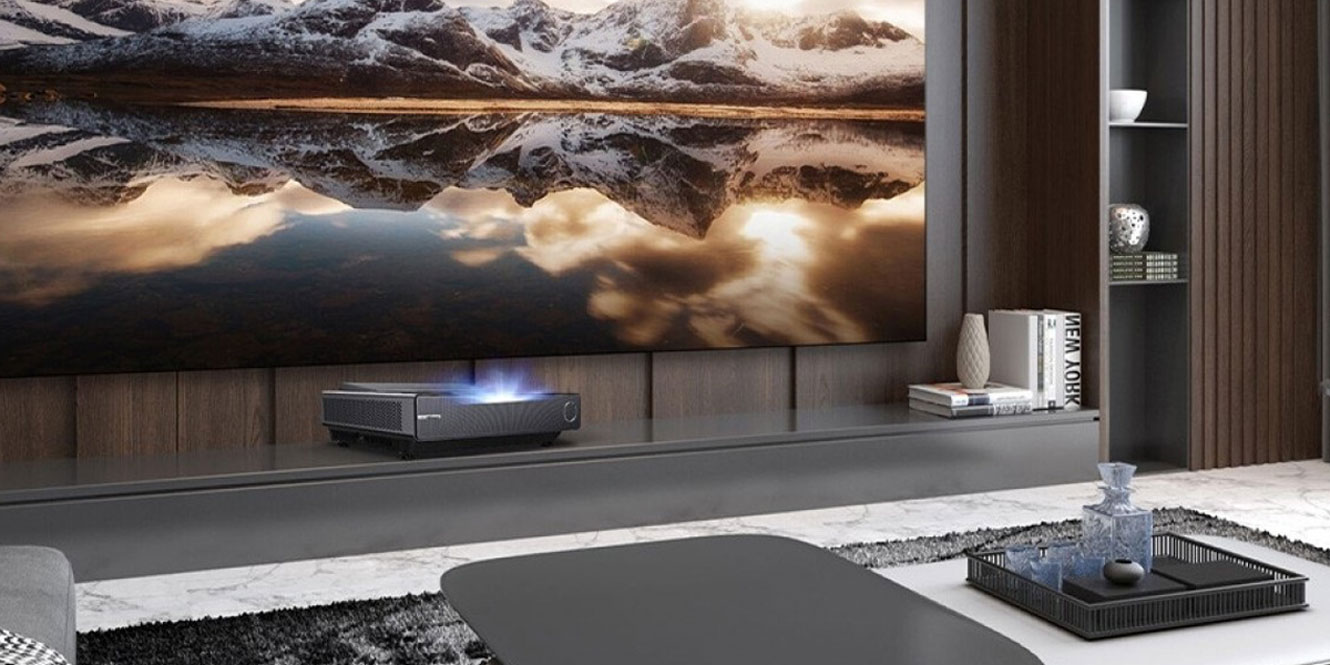

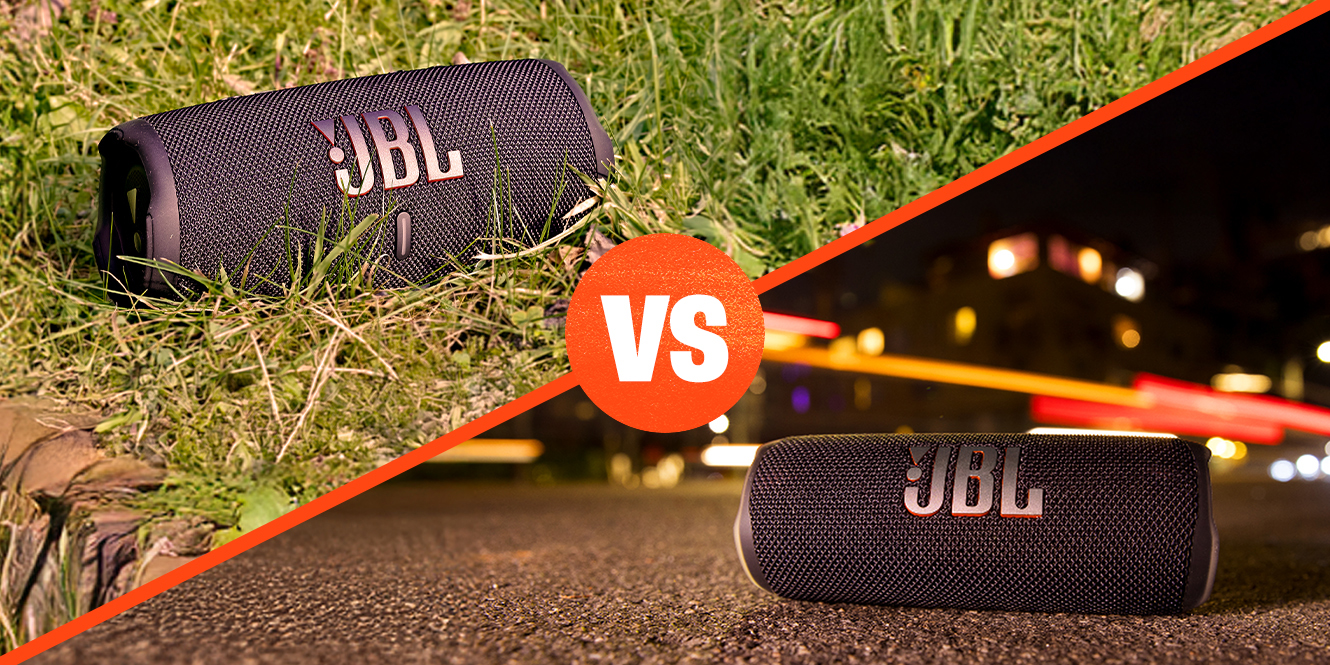
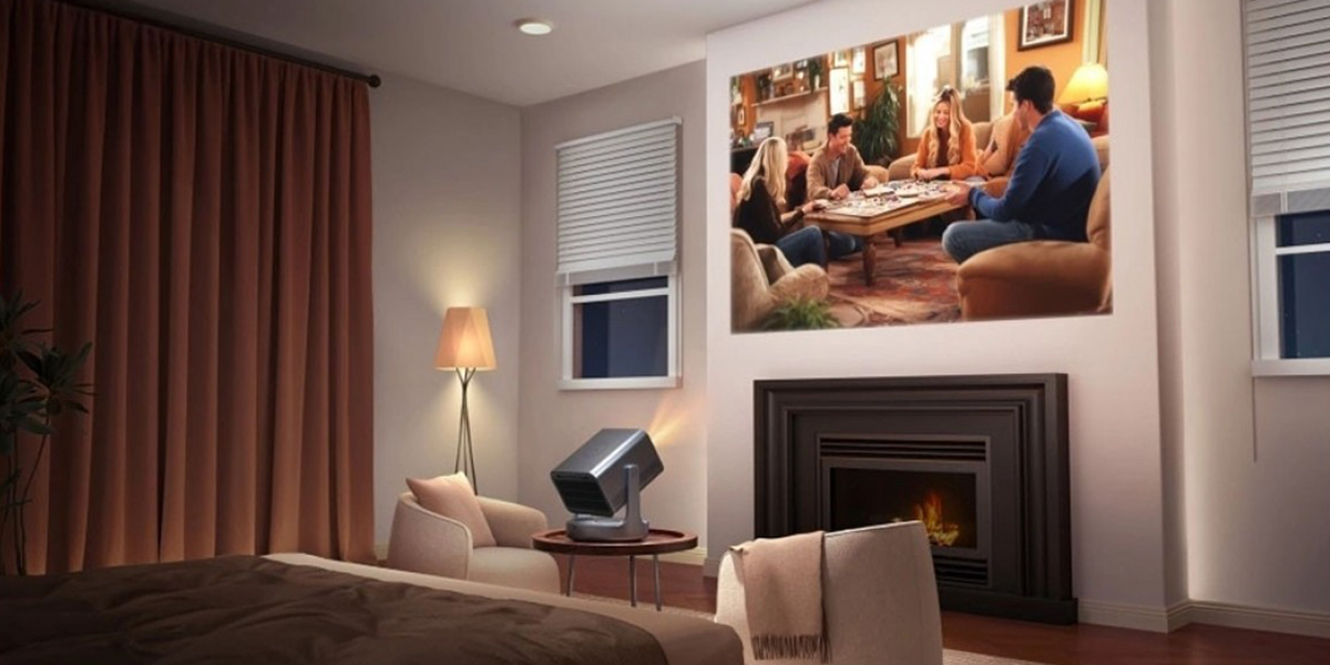

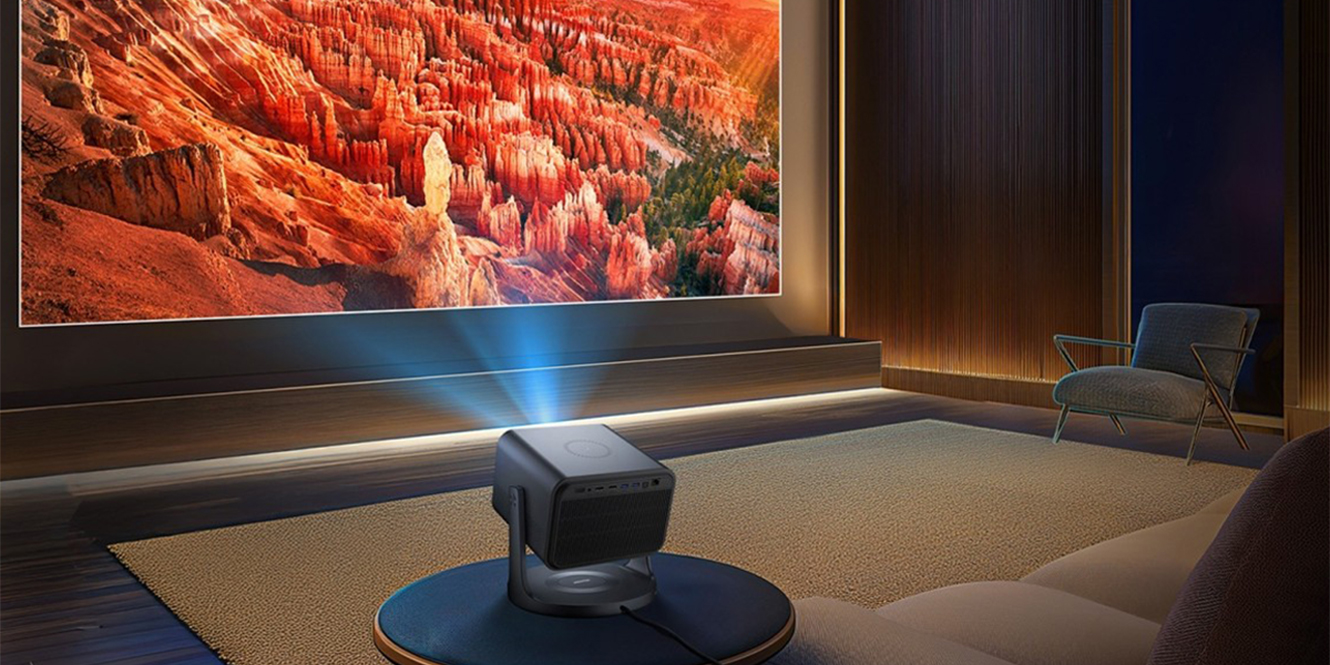




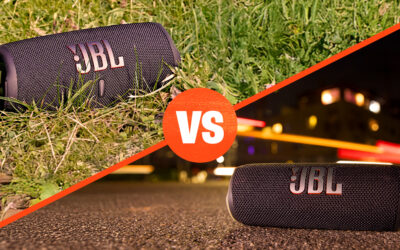
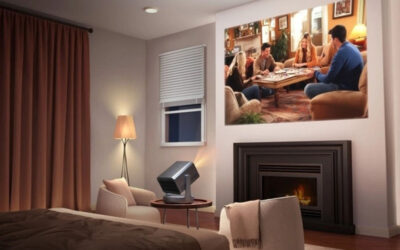
0 Comments